This is truly a great honor and pride for the people of the historical land of Hoa Lu - Ninh Binh in particular and the whole country in general, and at the same time contributes to creating a new, multi-dimensional perspective on the combination of outstanding global cultural and natural values.
Located in the southernmost part of the Red River Delta, Ninh Binh is about 90 km southeast of Hanoi. Trang An covers an area of 6,172 hectares, the buffer zone covers an area of 6,079 hectares, occupying almost the entire Trang An limestone block with a geological age of more than 250 million years, an area blending nature and culture, with three areas: the Hoa Lu Ancient Capital's historical and cultural relic area, Bai Dinh Pagoda Mountain, Trang An - Tam Coc - Bich Dong Scenic Area and Hoa Lu Special-Use Primitive Forest.
Trang An is a mysterious natural area, not much affected by human activities. The forests are still wild, the lakes and streams are clear, the air is fresh, the villages are quiet, there are only the sounds and colors of nature.
The Trang An karst geological landscape is one of the most beautiful and spectacular areas in the world with its myriad of supernatural beauty.
The landscape consists mainly of a series of conical karst towers, with steep walls, rising 200 m above the surrounding ground. Narrow ridges connecting the two peaks, like giant swords, surround long, round valleys, depressions and sinkholes.
Trang An Scenic Landscape Complex - Ninh Binh, a mysterious natural area, has become Vietnam's first mixed heritage complex. Photo: VU DUC PHUONG
International geologists consider this a typical example of a humid tropical limestone tower in the final stage of geomorphological development and a model for recognition and comparison with other areas in the world.
The landscape contains a complete range of typical limestone landforms, including towers, valleys (karst sinkholes), valleys (sinkholes), landslide structures and sedimentary layers, underground caves and rivers, caves and cave deposits.
In particular, the karst landscape is transitional between karst peak clusters (consisting of towers linked together by sharp and flat mountain ranges) and karst peak forests (consisting of single towers located independently on alluvial plains).
A network of intersecting parallel faults dissects the area into grids, forming circular, closed karst basins. These flooded basins and valleys are connected by streams, which flow through caves and underground caverns, many of which penetrate the mountains, creating "channel erosion"-like cave ceilings due to the flow and a variety of cave sediments, including stalactites, stalagmites, stone columns and stone curtains.
Blending with the structure and beauty of the karst landscape is the pristine tropical forest that covers the entire landscape, with morning mist, afternoon clouds, and mountain air all year round. The pristine vegetation grows densely on the limestone, even clinging to the cliffs and mountain peaks, while goats graze on the valley walls and water buffaloes wallow in the alluvial fields with flocks of white storks.
The stunning natural environment of the heritage blends perfectly with the picture of traditional rural life, with gardens and rice fields interspersed with small villages connected by trails, and a network of rivers, streams and canals, creating a work of art with many colors, diversity and ever-changing, enhanced by the image of local farmers and fishermen performing traditional work, making the picture even more vivid, beautiful and charming.
Pagodas, temples, and shrines leaning against cliffs with ancient, mossy, and profound tiled roofs create a discreet, cultural element, evoking the eternity of spiritual beliefs, containing indigenous values in harmony with the landscape.
It is the ancient mountain ranges, mysterious caves and many sacred places of Trang An that have inspired people for many generations. This is a land where culture meets the magic and mystery of nature and is also a place where culture is transformed by those things.
Trang An - an outstanding model of human-environment interaction over time in the Southeast Asian region through more than 30,000 years of development, is a place of invaluable historical and cultural value, an intact repository of information about human habitation traditions; is one of the few valuable sites in Southeast Asia that retains its original characteristics without being greatly affected by humans and other factors. In archaeological research and reconstruction of the ancient environment, the chain of cultural development and activities of ancient Vietnamese people in close relationship with geological evolution has been revealed.
From a series of relics and artifacts found, it has been confirmed that this land has always been used as a settlement for humans. Since the formation of the alluvial plains, residents have settled here, exploiting resources from the sea, from the mountains and forests. They lived outdoors, in caves and deep in the core area of Trang An. By the 10th century, in the Hoa Lu valley, Trang An residents continuously developed their cultural identity in close harmony with the natural landscape.
The Vietnamese built the capital here, built a citadel, and closed off Hoa Lu valley to revive the culture of autonomy and independence, establishing the first three dynasties in the independent feudal system, creating the premise for forging Dai Viet civilization.
The development of cultural identity has been passed down through generations, existing in the beauty of community religious traditions, deeply rooted in the subconscious, an indispensable part of spiritual life, becoming a "belief" heritage that is now vividly expressed through a series of festivals in the complex such as Bai Dinh Pagoda Festival (6th-1st lunar month), Hoa Lu Ancient Capital Festival (10th-3rd lunar month) or Saint Quy Minh Dai Vuong Festival (18th-3rd lunar month)...
In particular, the United Nations Vesak Day (VESAK) celebration held in May 2014 at Bai Dinh Pagoda attracted thousands of domestic and international tourists, further affirming the prominent role of the heritage of "belief", which is like an underground stream flowing underground, providing a source of pure water for the tree of life to grow green and fragrant.
Visitors to Trang An are traveling back in time to the golden history, immersing themselves in traditional spiritual culture, or floating on small boats rowed by local people, letting their souls wander in the beautiful landscape, admiring strange caves and rocks, enjoying the pure and clean atmosphere, experiencing every emotion and discovering the distant roots of human life, which is also discovering themselves.
Trang An, a place of great inspiration, where nature and culture are inseparable, where culture interacts and is magically transformed, mysterious and magnificent by the natural world, creating a connection between the past and the present, between history and landscape, between nature and people, has become a symbol of Vietnamese culture on the rise, so that the world turns to Trang An and Trang An blends into the world.


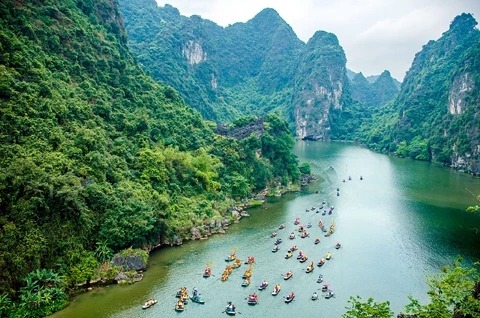
![[Photo] Nghe An: Bustling atmosphere celebrating the 50th anniversary of Southern Liberation and National Reunification Day](https://vphoto.vietnam.vn/thumb/1200x675/vietnam/resource/IMAGE/2025/4/29/64f2981da7bb4b0eb1940aa64034e6a7)
![[Photo] Ho Chi Minh City residents "stay up all night" waiting for the April 30th celebration](https://vphoto.vietnam.vn/thumb/1200x675/vietnam/resource/IMAGE/2025/4/30/560e44ae9dad47669cbc4415766deccf)
![[Photo] Ho Chi Minh City: People are willing to stay up all night to watch the parade](https://vphoto.vietnam.vn/thumb/1200x675/vietnam/resource/IMAGE/2025/4/29/cf71fdfd4d814022ac35377a7f34dfd1)
![[Photo] Hanoi is brightly decorated to celebrate the 50th anniversary of National Reunification Day](https://vphoto.vietnam.vn/thumb/1200x675/vietnam/resource/IMAGE/2025/4/29/ad75eff9e4e14ac2af4e6636843a6b53)
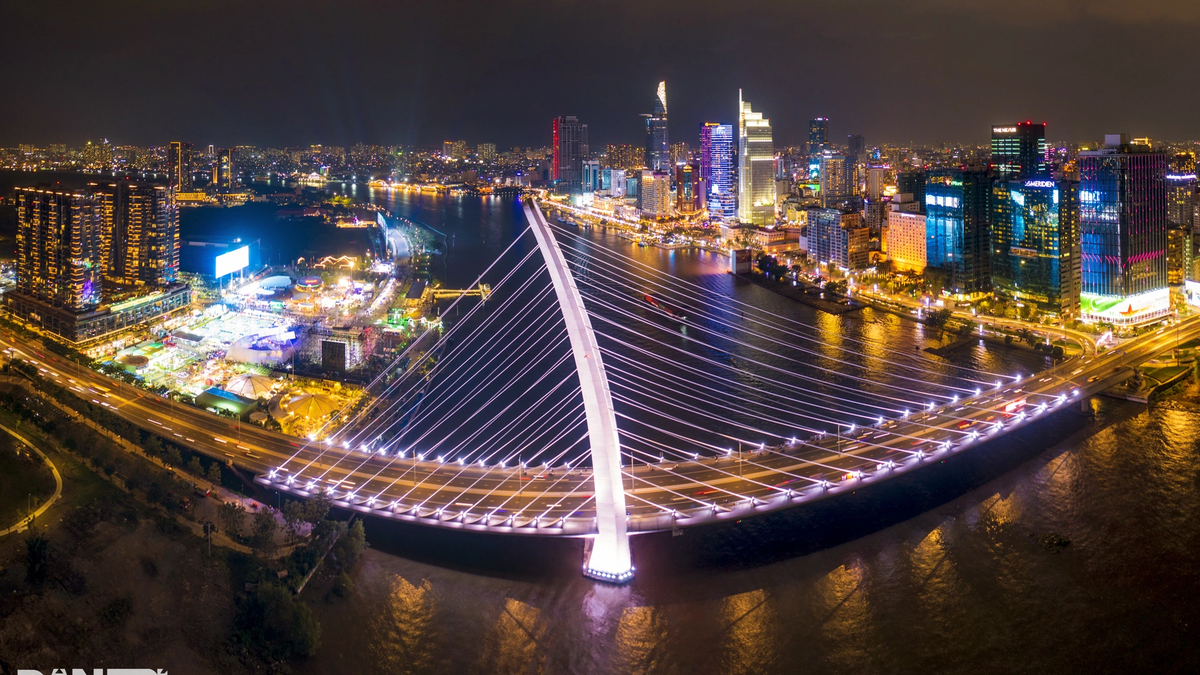
![[Photo] General Secretary attends special art program "Spring of Unification"](https://vphoto.vietnam.vn/thumb/1200x675/vietnam/resource/IMAGE/2025/4/29/e90c8902ae5c4958b79e26b20700a980)


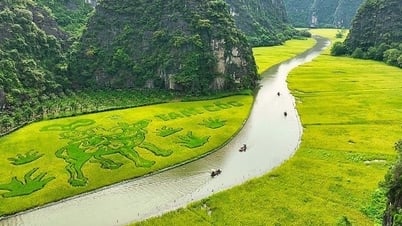

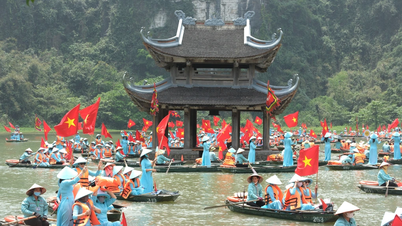

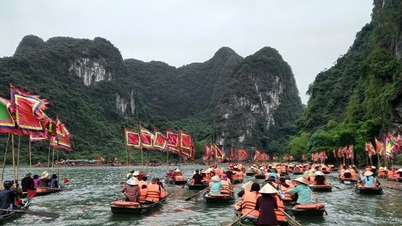

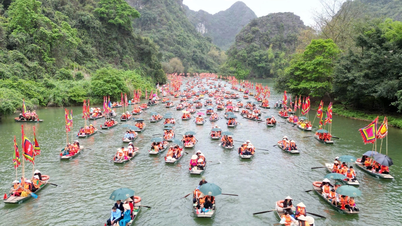

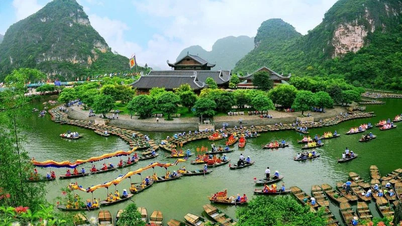











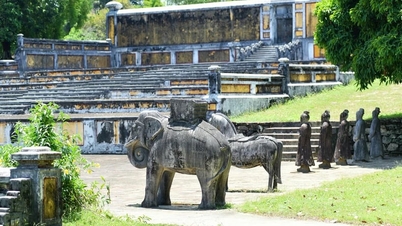
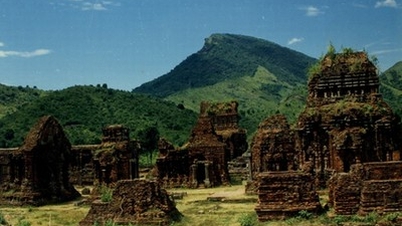
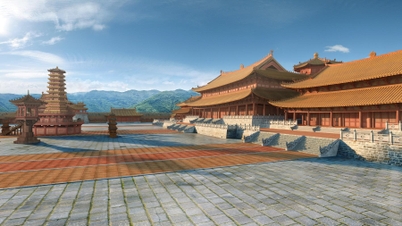
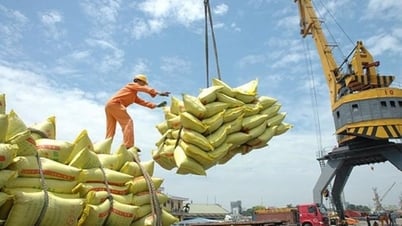

![[Photo] Prime Minister Pham Minh Chinh meets to prepare for negotiations with the United States](https://vphoto.vietnam.vn/thumb/1200x675/vietnam/resource/IMAGE/2025/4/29/76e3106b9a114f37a2905bc41df55f48)












































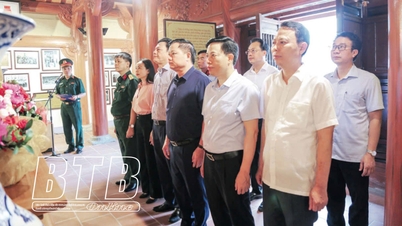
















Comment (0)